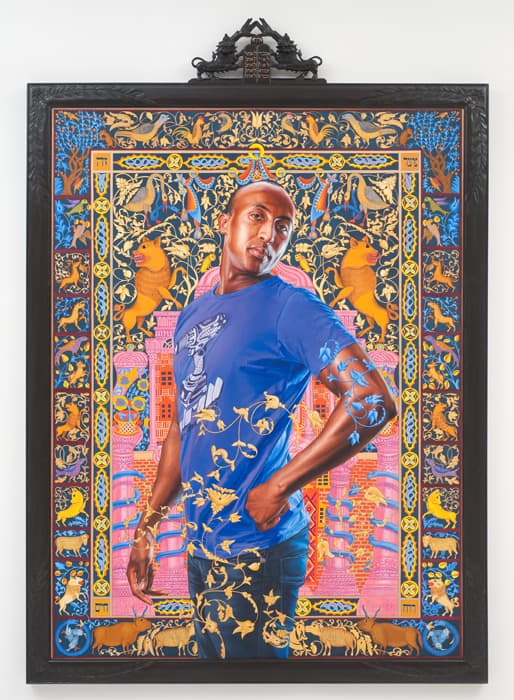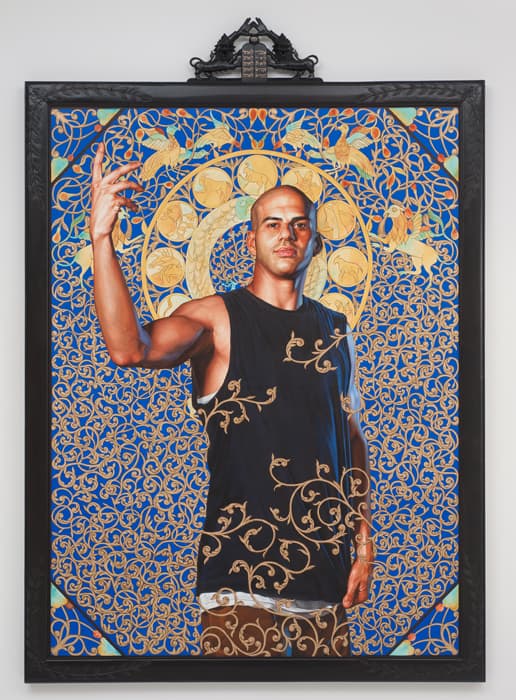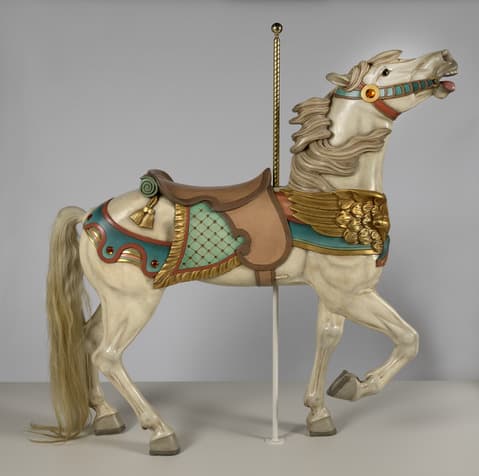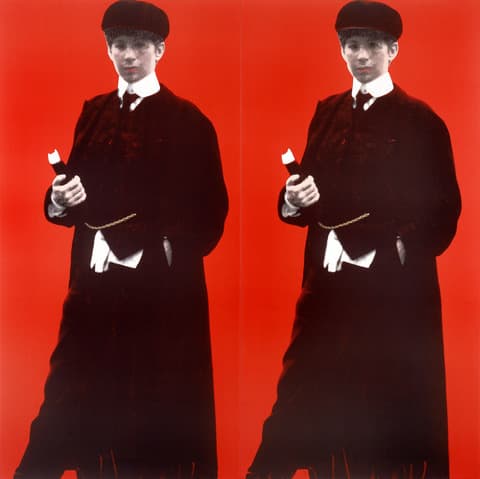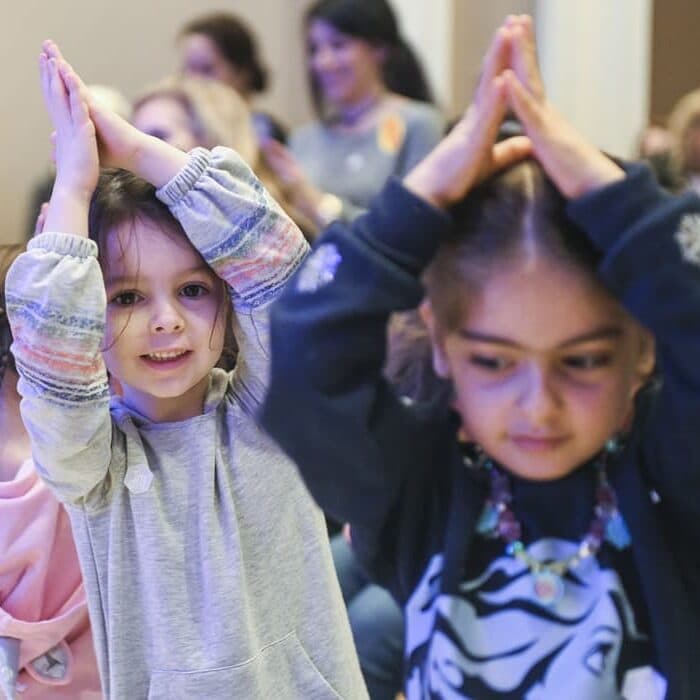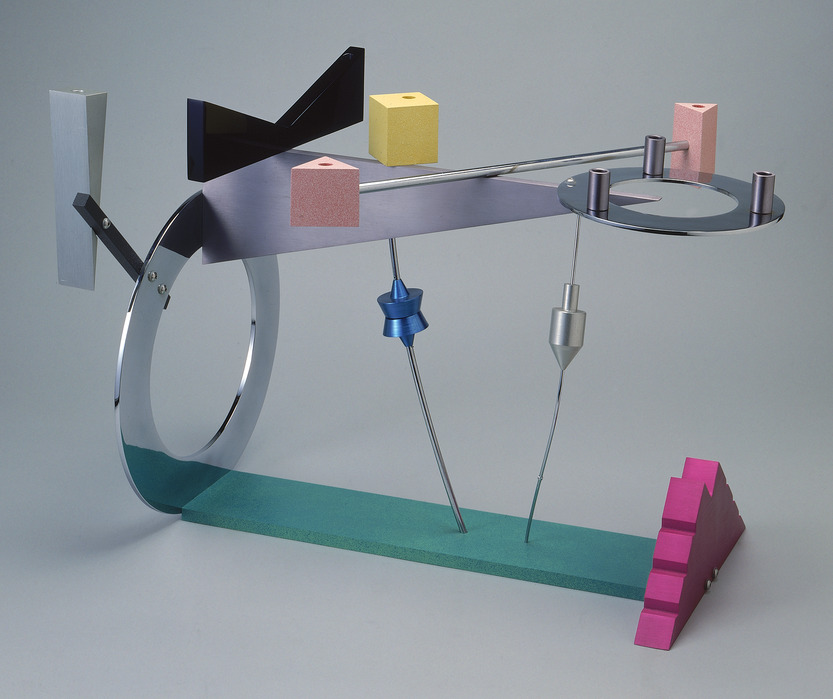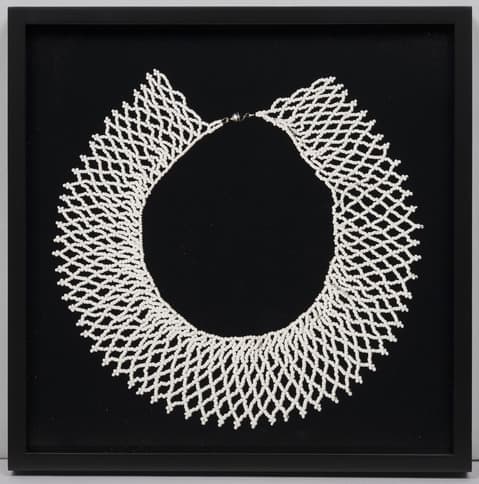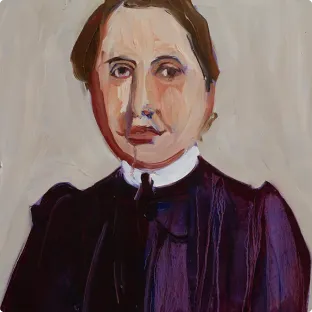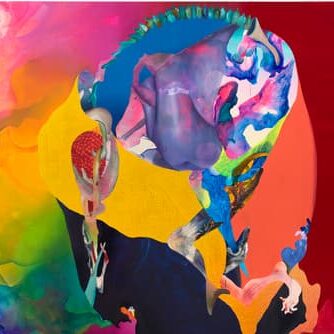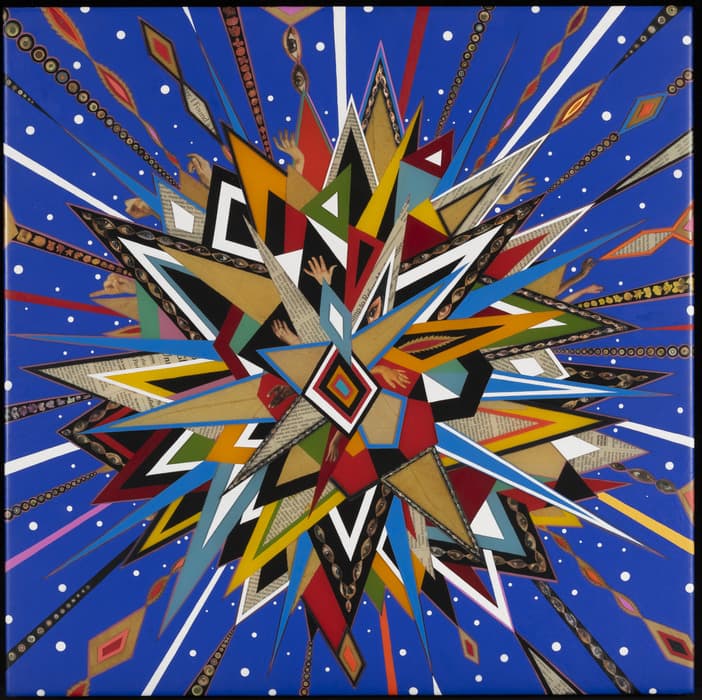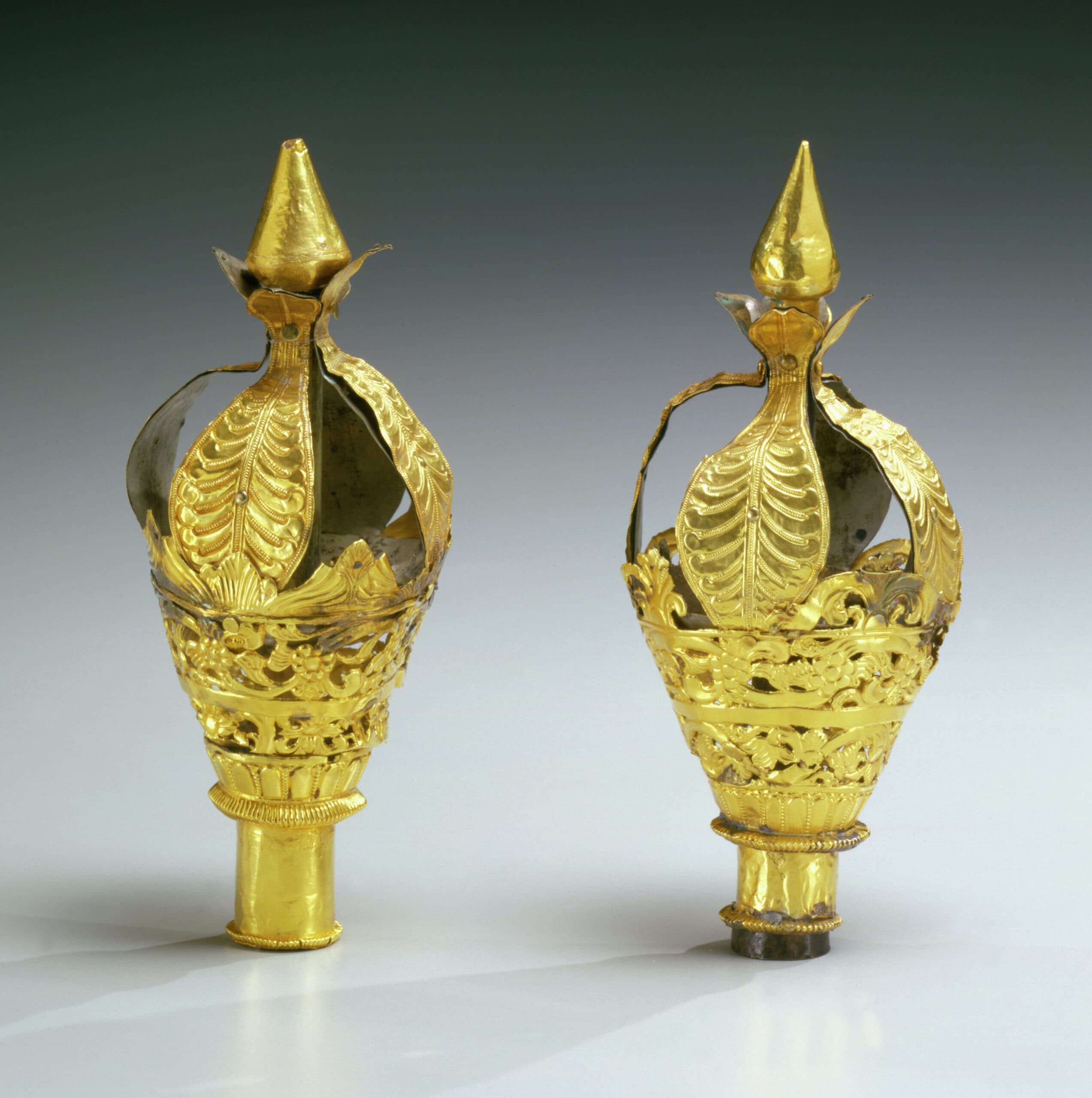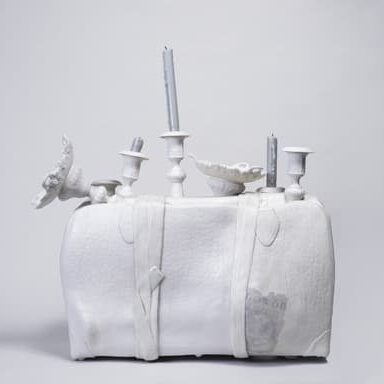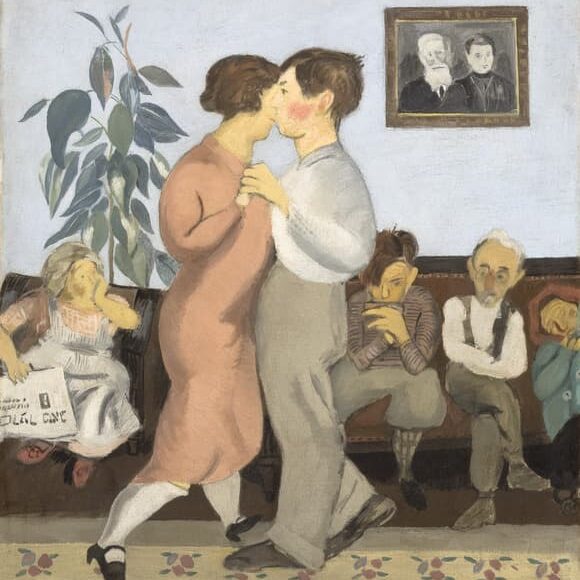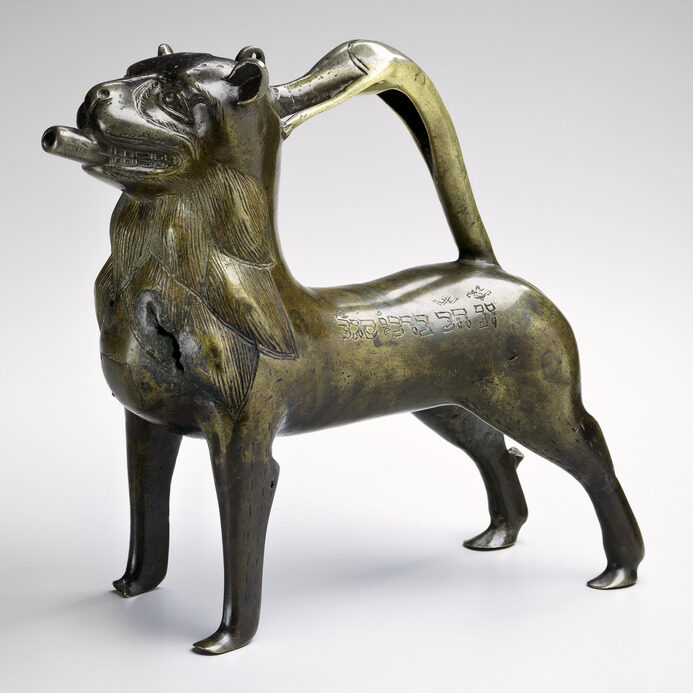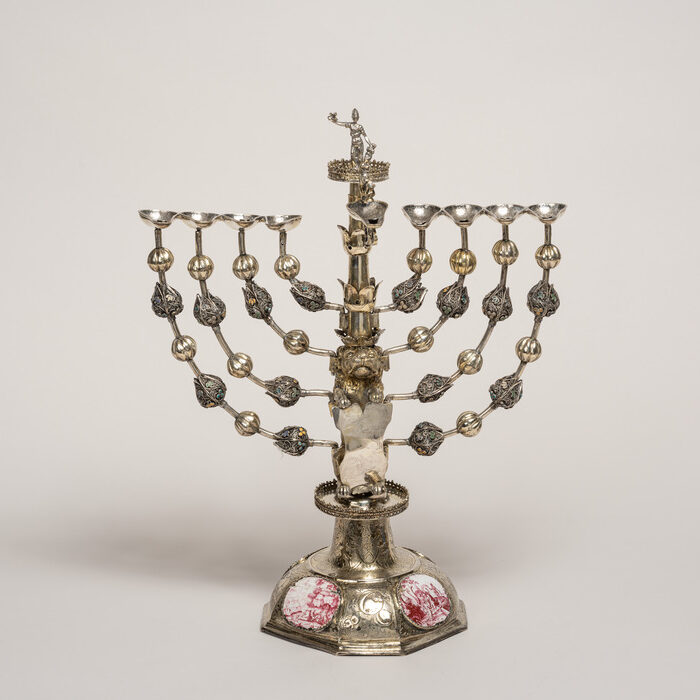Kehinde Wiley / The World Stage: Israel
Contemporary American painter Kehinde Wiley’s new series The World Stage: Israel—vibrant large-scale portraits of Israeli youths from diverse ethnic and religious affiliations, each embedded in a unique background influenced by Jewish ritual objects—is featured along with the artist’s selection of traditional Jewish papercuts and textiles from the Jewish Museum’s collection.
One of the most significant young artists today, Kehinde Wiley is known for vibrant, large-scale paintings of young men, rendered in the self-confident, empowered poses typical of classical European portrait painting.
Part of a new series exploring the global diaspora, the works in The World Stage: Israel are based on photographs the artist took of men of diverse religions and ethnicities living in Israel. The detailed decorative backgrounds are based on Jewish ceremonial art. The exhibition includes 14 paintings and a selection of textiles and papercuts chosen by the artist from the Jewish Museum’s collection.
The exhibition is made possible by the Andrea and Charles Bronfman Philanthropies, the Melva Bucksbaum Fund for Contemporary Art, and the Barbara S. Horowitz Contemporary Art Fund, with additional support from Jerome and Ellen Stern.
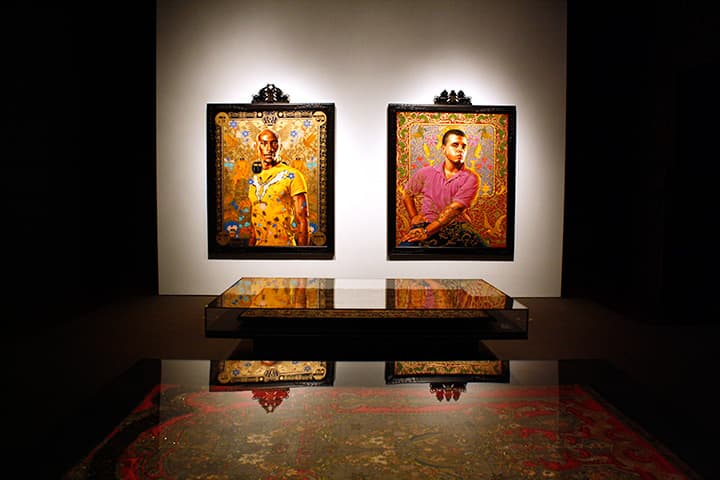
Installation view of Kehinde Wiley/The World Stage: Israel at the Jewish Museum, New York. Photo: Christine McMonagle.
